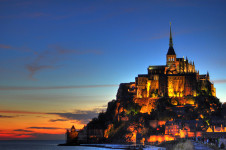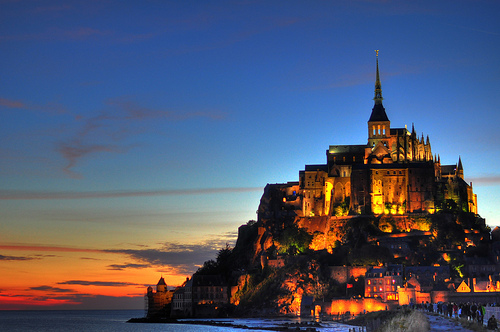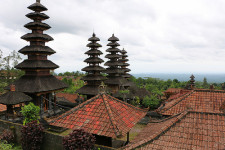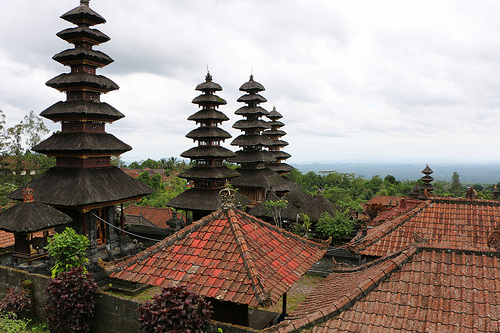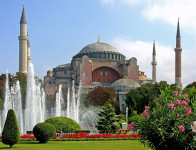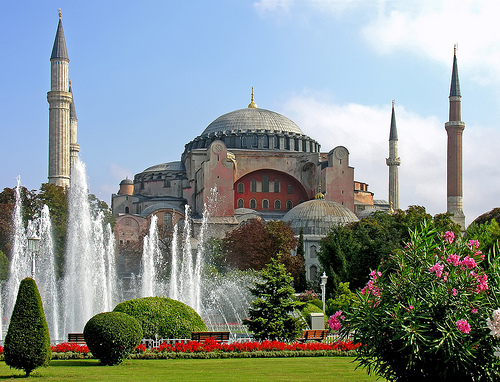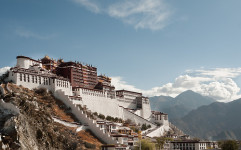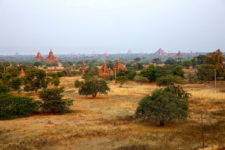
Someone must have been really dedicated to building all those temples at Bagan.
- Bagan is a highly religious, historical city located in central Myanmar (Burma) in Southeast Asia, in the region of Mandalay.
- ‘Bagan’ was also known as ‘Pagan’, both pronunciations of the native term ‘Pugan’, and the site is formally known as the ‘Bagan Archaeological Zone’.
- Bagan was the capital of the Pagan Empire (which covered most of modern day Myanmar) until 1297, as well as a centre of Buddhist thought and activity, and it was visited by many scholars from other civilisations.
- At least 2200 temples and pagodas can be found in Bagan today, although it is thought more than 10,000 once existed, with each monument dedicated to Buddha.
- The historical record known as the ‘Burmese chronicles’, documented that the Bagan civilisation was established circa 100 AD, although many historians refute this source and rather cite 800 AD as the founding century, as evidence for a kingdom prior to this time is scarce.
Bagan
Image courtesy of Dieter Timmerman/Flickr
- The total zone of Bagan covers an expanse of around 104 square kilometres (40 square miles), and at its peak, the city had a population of between 50,000 to 200,000 individuals.
- The construction of the temples of Bagan were authorised by various kings of the Pagan Empire, and they were mostly built of stone, between 1044 and 1287 AD.
- Bagan’s collapse occurred in 1287 AD, after Mongols invaded the Kingdom of Pagan for political reasons, which resulted in a drastic decrease of the number of residents living in the city.
- Among other factors, a large number of earthquakes have contributed to the destruction of Bagan’s many temples, including the devastating 2016 Myanmar Earthquake.
- In 1996, Bagan was considered by the UNESCO World Heritage Convention to be listed as a World Heritage Site, however it was declined, said to be due to the poor and inaccurate restoration of many temples; though a resubmission date in 2018 is planned, at which time it will be reconsidered.
Bibliography:
Bagan, 2016, Wikipedia, https://en.wikipedia.org/wiki/Bagan
The Many Thousand Temples of Bagan, Myanmar, 2013, Amusing Planet, http://www.amusingplanet.com/2013/04/the-many-thousand-temples-of-bagan.html
The Temples of Bagan, 2016, Pegu Travels Company Limited, http://www.go-myanmar.com/the-temples-of-bagan










